Numerous types of methods and cleaners exist for removing permanent highlighter markers from wall tiles. The first step involves removing the stain from the tile with a homemade all-purpose cleaner. To remove a stain from textured tile, apply toothpaste (or the all-purpose solution). Next, remove the stain from the textured tile with a toothbrush or scrub brush.
If your tile is smooth, a dry-erase marker may suffice. Always test each method in a small, inconspicuous location before applying it to larger areas. Mix all the ingredients together. Mix 14 cups (59 mL) of white vinegar, 14 cups (35 g) of washing soda, 1 tablespoon (15 ml) of liquid dish soap, and 2 gallons (7.6 L) of hot tap water in a bucket.
To combine the components, use a large spoon or similar suitable mixing implement. Blend until everything is well combined. Before applying any solution or product to your tile flooring, always do a spot test in an inconspicuous location. This way, you can ensure that the drug you’re utilizing does not create undesired side effects, such as discoloration or stains.
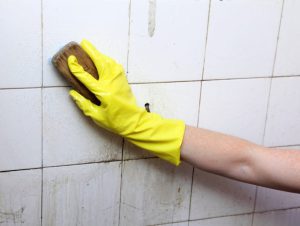
Commence removing the stain with the rag. Wipe the affected area until the stain disappears. If the afflicted area is large, add an additional solution to the rag as needed. Utilize regular white toothpaste. Gel toothpaste is not recommended. If possible, choose a toothpaste that contains baking soda. Toothpaste is quite effective in removing textured tile marks.
Use toothpaste on the affected area. Give the toothpaste a minute or two to dry. The longer the stain has been on the tile, the longer it should be allowed to sit before applying toothpaste. For instance, if the marker has been on the tile for twenty-four hours, you must wait at least five minutes before applying toothpaste. Never mix cleaning supplies. If the first treatment fails, wash and dry the affected area before trying another method. Always treat stains as soon as possible; the longer a stain remains untreated, the harder it is to clean.
wall tiles highlighter
Utilizing highlighter tiles is an amazing way to add color and personality to a bathroom. These tiles may be modified in terms of color, texture, pattern, size, and the materials used to manufacture them. Before selecting a highlighter tile for the bathroom, it is essential to determine the space’s overall color palette.
Because you want to ensure that the varied colors complement one another, this is necessary. As demonstrated below, highlighter tiles in the bathroom may be utilized in a variety of creative ways. Using patterned floor tiles, you may create an eye-catching focal point in the bathroom. To avoid creating the appearance that the room is too chaotic after adding highlighter tiles to the floor, it is crucial to achieve a balance by choosing a limited number of various colors and patterns on the walls.
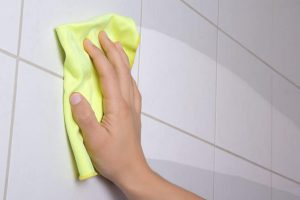
This bathroom’s stunning appearance is the result of the mix of numerous components, including the gray walls, the highlighter tile pattern in grey and white, and a red lacquered glass divider. Highlighter tiles are particularly suited for backsplash installation. The green glass mosaic highlighter tile installed on the wall here provides the space with depth and substance.
Do not ignore the complementary stained-glass partition that acts as the color scheme’s unifying feature. Consider using highlighter tiles in this area as an alternative to the standard bathroom countertops that you have likely previously tried. If the tile installer does not achieve a satisfactory tile finish, particularly when fastening tiles at the intersection of the horizontal and vertical sides of the countertop, the ultimate product will not be appealing.
Ensure that the tile installer performs this. Accentuate the shower area by installing accent tiles on the wall behind it. In addition, it will aid in visually distinguishing between damp and dry areas. Observe how the circular section of this bathroom is clad in tiles with a muted grey glass mosaic pattern, and how the glass walls are curved.
wall tiles cleaner
Kitchens, bathrooms, and entryways all utilize ceramic tile flooring. Ceramic tiles are both visually attractive and durable. They may become discolored, however, if not properly cleaned. Here is how to keep them in perfect condition.
At least twice a week, sweep your tiled floor.
Clean the floor once per week with a mop, hot water, and a mild detergent. Avoid the use of any abrasive cleaning tools or harsh chemicals. Ceramic floor tiles are most frequently affected by scratches. Regular sweeping will remove any debris, sand, or grit that could cause damage to the floor. Before mopping the floor, remove any small, sharp debris by brushing it.
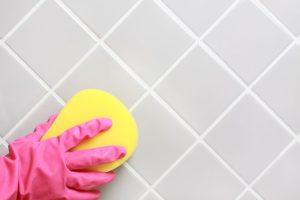
To maintain the cleanliness of your ceramic floor tiles, simply wash them with mild soap on a regular basis. Avoid using chlorine bleach, ammonia-based cleaners, and anything oil-based. All of these elements can degrade the color and sheen of the tiles. If your ceramic floor tiles require additional care, you should consider purchasing a steam mop.
The heat from the steam is ideal for removing stubborn dirt and stains without causing damage to the tiles. You may be surprised to learn that the grout between your tiles is probably brilliant white. Most grout discolors over time due to the accumulation of dirt, but you can quickly restore its luster with the following solution.
3 tile grout cleaning that is most effective
12 teaspoon baking soda
14 percent hydrogen peroxide
1 teaspoon dish liquid
Compose a loose paste from the ingredients, then apply it to the grout. Allow it to sit for five to ten minutes before scrubbing the grout with a brush (an old toothbrush or nail brush is ideal!). Remove the cleaning solution from the surface using a clean microfiber cloth and clean water. You may also use professional tile grout cleaners if you do not wish to complete the task yourself. Components such as baking soda and citric acid are used in some of the most effective tile grout cleaners.
wall tiles cleaning brush
The multifunctional cleaning brush has extra-durable polymer fibers that make short work of dirt and grime on wall tiles, as well as an ergonomic rubber handle that makes it easy to grasp and operate. This brush can effortlessly remove any traces of water and lime scale from the tiles, faucets, and other bathroom accessories, a feature you will appreciate due to its ability to enter difficult areas.

In addition, the raised handle’s design shields both hands from water and cleaning solutions while providing a sturdy and comfortable grip. Using wall tiles cleaning brush helps expedite the process of cleaning your tiles and shower. The three-brush set is great for cleaning grout and corners, as well as tiles.
Additionally, it may be used to clean corners. The little brush has a unique shape that enables it to access difficult-to-reach areas, whilst the grout brush has exceptionally robust bristles that make rapid work of eliminating soap scum and dirt. Consequently, with the greatest bathroom wall tiles scrubber, you may clean your bathroom in record time.
The brush set includes a corner grout cleaning brush that can be bent to a 90-degree angle due to its construction. This makes it excellent for cleaning areas with restricted access and limited space. The little scrub brush is ideally suited for cleaning bottles, kitchen sinks, tile lines, and other curved surfaces.
When you have this practical set of brushes to assist you, you’ll have no trouble finishing any cleaning work! You are seeking for a method for cleaning your ceramic tiles, windows, sliding doors, and shower doors that is both efficient and practical.
wall tiles with spacer
wall Tiles spacers are a low-cost, reusable option for quickly and effectively spacing out new tiles during tile installation, such as when building a new shower, replacing old floor tiles with new ones, or putting a new backsplash. These T- or cross-shaped devices make it easy to produce regular spacing between tiles, and they come in a number of sizes so that you may customize the distance between tiles.
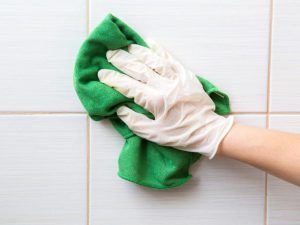
Select Tile Spacers according to Size Before commencing the project, it is essential to determine the distance between the tiles. Available tile spacer sizes range from 1/8 inch to 3/8 inch. Typically, grout lines on a tiled wall, backsplash, or shower stall should be 1/8- to 1/4 inches wide, but grout lines on floor tiles and other horizontal surfaces should be 1/8- to 3/8 inches wide.
Thin grout lines are easier to keep clean after installation since there is less surface area for dirt and grime to accumulate. Alternatively, if the measurements of the room, wall, or floor are slightly off, thicker grout lines can help to conceal some of the flaws and give the project a more balanced appearance. To determine how many spacers are necessary for the project, multiply the number of tiles by four and add around 10 percent more to account for any inaccuracies. Quality products and necessary tool kits are available in our company, contact us for more information.
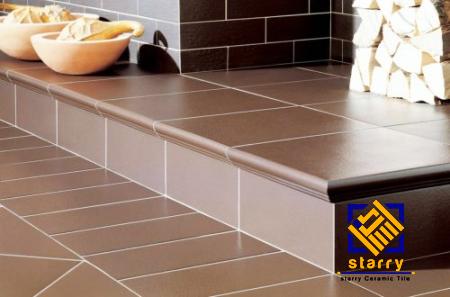
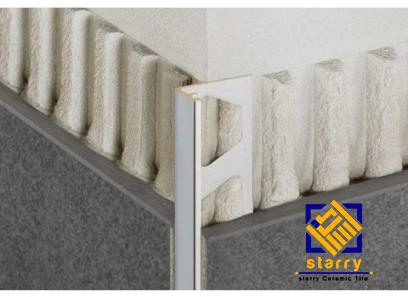
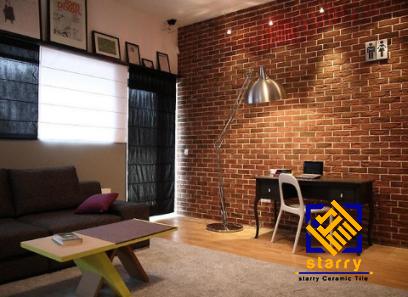
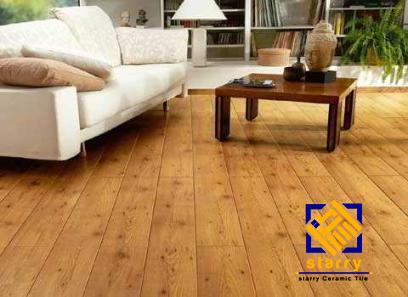
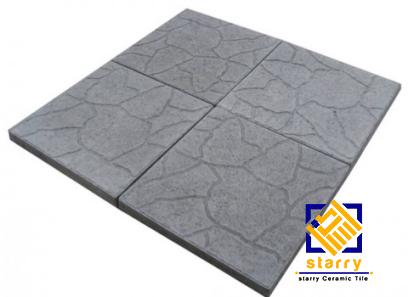

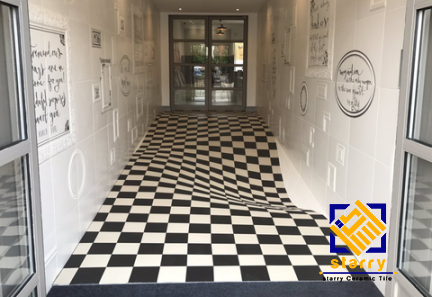
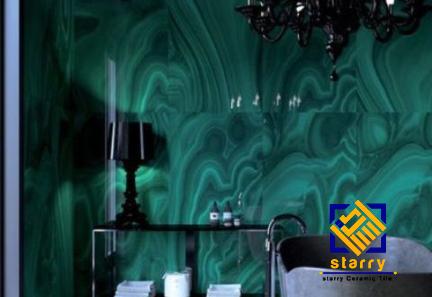

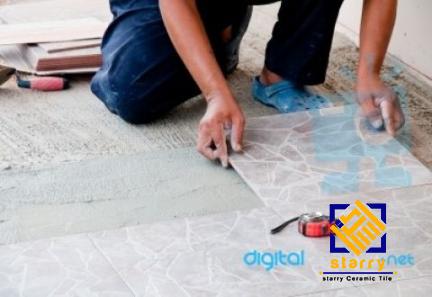
Your comment submitted.